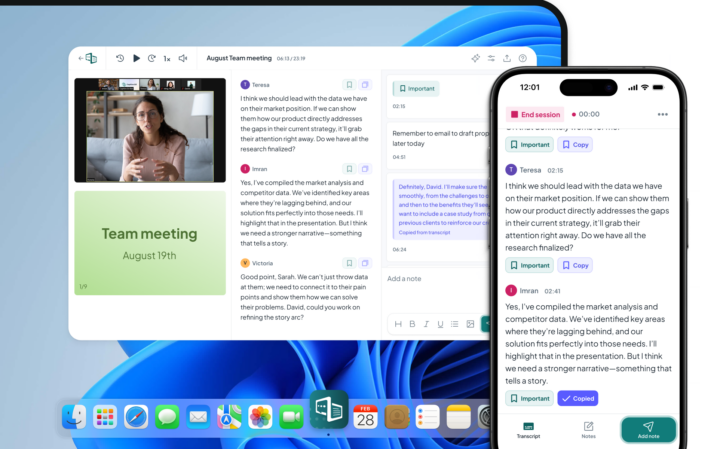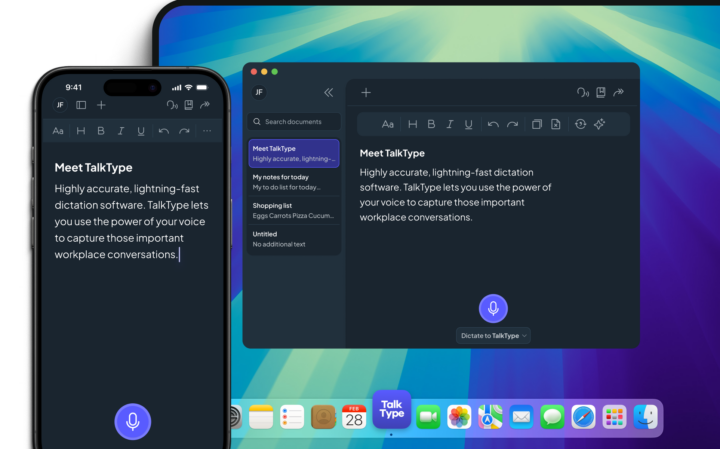Does Autism Get More Severe With Age?
It wasn’t until the 1970s that autism was widely diagnosed in society. And many of the children who received a diagnosis are in middle age now. Of course, other people have received autism or ASD diagnoses in their adult lives. However, it is still a new area with fairly limited available data on the severity of autism over time.
One person who has collected data on the demographic and cognitive profile of ASD in adulthood is Professor Rebecca Charlton at Goldsmiths University in London. A 2016 report analysed 146 participants – 100 people with an ASD diagnosis and 46 without. Results showed a link between age and severity of ASD in terms of more severely autistic demonstrated autistic traits in social situations, communication, and flexible thinking.
The report also suggests older people with ASD prefer structured, rule-based situations they can follow as a routine. And it suggested that adults with ASD may have more time to develop more effective coping skills to help mitigate the negative impact over time.
More recent research suggests there is a significant change in autism severity between the ages of 3 and 11 years old. These changes don’t suggest a worsening of symptoms but a change in severity, since more than a quarter of children decreased in severity and a similar amount increased in severity during this time frame.
In conclusion, it’s difficult to answer the question of does autism gets more severe with age. Evidence shows severity changes as someone ages but this includes a decrease in severity as well as an increase. Plus, it may be that older people have developed coping strategies that lessen their perception of autism severity.
CareScribe Offers Assistive Technology for Neurodivergent Users
Assistive technology can be used to support and enhance communication for people with autism. CareScribe is at the forefront of assistive technology and our products address a wide range of needs.
Featuring a set of custom dictionaries with live captioning and note-taking functions, Caption.Ed can add captions instantly to your meetings, lectures or seminars, either in-person or online. You can also add timestamped notes, synced to your transcript, and highlight key information so you never miss out on the important stuff.
TalkType is highly accurate dictation software built for Windows, Mac, and mobile devices. Dictation software like TalkType can transform the way you work and study. As well as boosting productivity and efficiency, dictation software can provide autonomy to anyone who cannot type using traditional keyboards.
Caption.Ed and TalkType are dynamic AT tools that are transforming outcomes across many workplaces and universities.






